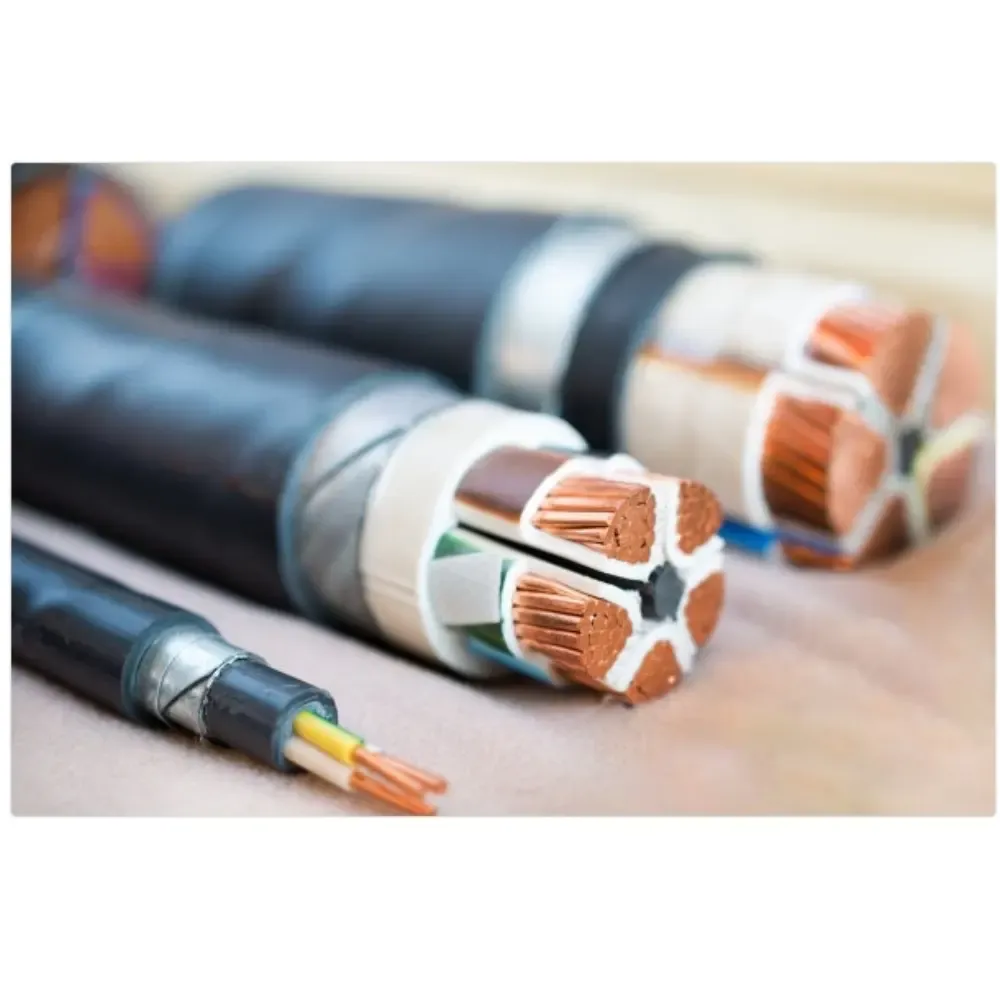Time: 2025-04-23 15:19:34 Source: Henan Province Jianyun Cable Co., Ltd.

Saudi Arabia's cable standards are primarily governed by the Saudi Standards, Metrology and Quality Organization (SASO), which aligns with international standards like those from the International Electrotechnical Commission (IEC). These standards cover cables for power transmission, distribution, and telecommunication, including low voltage (e.g., 14-2 NM-B, previously discussed), medium voltage (1kV–35kV), high voltage, and fiber optic cables. The Saudi Electricity Company (SEC) also sets technical specifications for cables used in its networks, emphasizing reliability and safety.
Key standards include SASO IEC 60502 for power cables (1kV–35kV), SASO IEC 60227 for low voltage cables (up to 450/750V), and SASO IEC 60332 for fire resistance. Environmental durability is critical due to the kingdom’s harsh climate (e.g., temperatures up to 50°C, sandstorms), requiring cables to have UV-resistant and heat-resistant insulation (e.g., XLPE). Fire safety is a priority, especially in commercial projects, aligning with Saudi Building Code (SBC) requirements. These standards are like a "desert-proof blueprint" for cables, ensuring they withstand extreme conditions while powering Saudi Arabia’s ambitious projects.
The following questions provide a deeper understanding of Saudi Arabia's cable standards, addressing their scope, application, and enforcement:
These questions are like a "map" to navigate Saudi Arabia’s cable standards—each one reveals a critical aspect, from environmental resilience to market enforcement, ensuring cables meet the kingdom’s unique needs.
Saudi Arabia’s Vision 2030 aims to diversify the economy, driving massive infrastructure projects that rely on robust cable standards. The table below highlights how these standards support key Vision 2030 initiatives:
| Vision 2030 Initiative | Role of Cable Standards | Example |
|---|---|---|
| Smart Cities (NEOM) | Low voltage and fiber optic cables (SASO IEC 60227, ITU standards) | Smart grids, high-speed internet |
| Renewable Energy | High voltage cables (SASO IEC 60502) | Offshore wind farms, solar plants |
| Urban Development | Fire-resistant cables (SASO IEC 60332, SBC) | Commercial buildings in Riyadh |
| Power Demand Growth | Extra high voltage cables (SEC specs) | 55GW to 90GW demand increase |
Infrastructure and Smart Cities: Vision 2030 projects like NEOM require advanced cabling for smart grids and high-speed internet. SASO standards ensure low voltage cables (e.g., for lighting) and fiber optic cables (for data) meet performance and safety requirements, supporting urban technologies.
Renewable Energy: The push for renewable energy (e.g., solar, wind) demands high voltage and submarine cables. SASO IEC 60502 ensures these cables handle the load (e.g., 132kV for solar farms), while SEC specifications guarantee reliability for a projected power demand increase from 55GW to 90GW.
Safety in Urban Development: Rapid urbanization in cities like Riyadh (64.5% commercial market share) requires fire-resistant cables. SASO IEC 60332 and SBC compliance ensure safety in high-rise buildings, aligning with the kingdom’s focus on safe, sustainable cities.
Market Growth: The Middle East cables market, valued at USD 10.97 billion in 2023 with a 5.1% CAGR, benefits from SASO’s rigorous standards, attracting global manufacturers like Prysmian and Belden while supporting local leaders like Riyadh Cables. These standards are like a "foundation" for Vision 2030—ensuring every cable supports the kingdom’s ambitious goals safely and efficiently.
Saudi Arabia’s cable standards, governed by SASO and SEC, align with IEC norms while addressing local challenges like extreme heat and fire safety. They regulate diverse cables (power, fiber optic), ensure environmental durability, enforce fire safety, monitor imports via SABER, and involve major manufacturers like Riyadh Cables. These standards support Vision 2030 by enabling smart cities (e.g., NEOM), renewable energy projects, urban safety, and power demand growth (55GW to 90GW). By balancing global compatibility with local needs, Saudi Arabia’s cable standards ensure reliable, safe infrastructure for its economic diversification goals.